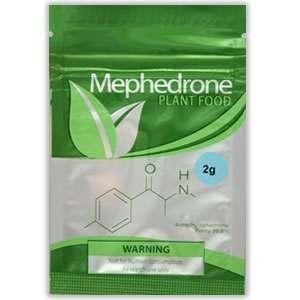
There are other reports of more types of synthetic drugs that are sold on the black market. These drugs are made to mimic the effects of other types of drugs, and the market for these substances continues to grow. Since the drugs have chemical compounds that law enforcement and the government are not familiar with, these drugs are not yet illegal in many cases. As a result, both manufacturers and users keep staying one step ahead, which ultimately creates even more danger.
Synthetic drugs are dangerous and come with a myriad of different side effects. Users of synthetic drugs can develop anger problems, paranoia, kidney or brain damage, suicidal thoughts and extreme breaks with reality.
The Drug Enforcement Administration (DEA) and other regulatory bodies in the U.S. recognize that these types of synthetic drugs are dangerous and need to be made illegal; however there are some steps that need to be achieved before that can occur.
By constantly changing the chemical compounds of the drug the manufacturers are always creating a drug that is not yet deemed illegal. Even though these drugs are all similar and create the same high, if the ingredients are even slightly different the FDA has to start the testing process all over again. This allows drug manufacturers to continue to sell their product without worrying about arrest or seizure, at least for a while. The FDA and DEA have tried working together to outlaw groups of chemical compounds, especially for drugs in the amphetamine-like category.






